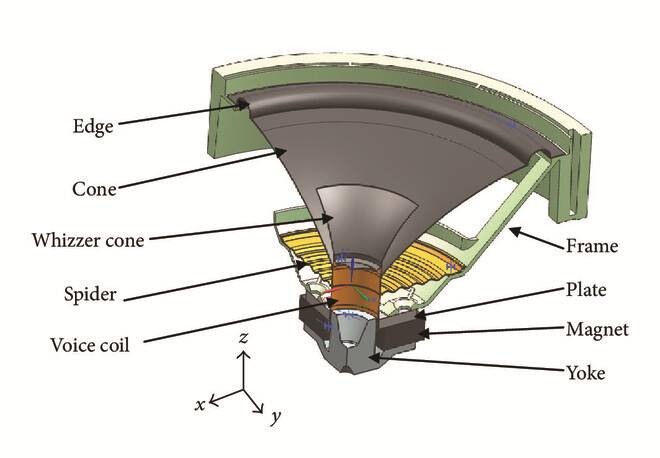What is Magnetic Flux (Φ)?
In the application of magnets, Magnetic Flux (Φ) is an important index to measure the performance of magnets, especially in the fields of motors, audio speakers, and so on. So what is Magnetic Flux (Φ)? In this article, we will try to answer this question.
 What is Magnetic Flux (Φ)?
What is Magnetic Flux (Φ)?
The Concept of Magnetic Flux (Φ)
Suppose that in a uniform magnetic field with a magnetic flux density of B, there is a plane with an area S and perpendicular to the direction of the magnetic field. The product of the magnetic flux density B and the area S is called the magnetic flux passing through this plane, or magnetic flux for short. The symbol of the magnetic flux is "Φ" and the unit is Weber (Wb).
Magnetic flux is a physical quantity that represents the distribution of a magnetic field and is a scalar quantity. If there are two magnetic fluxes in opposite directions across a plane, then the magnetic flux in the plane is the algebraic sum of the magnetic fluxes in the opposite direction. Φ=B·S. When there is an angle θ between the vertical plane of S and B, Φ=B·S·cosθ.
The Relationship between Magnetic Flux Density and Magnetic Flux
Magnetic flux density (B) represents the number of lines of magnetic force passing through a unit area perpendicularly. The magnetic flux density quantitatively reflects the density of the magnetic field lines. The stronger the magnetic field, the denser the magnetic field lines. The larger the value of B, the greater the magnetic flux in the same area.
Magnetic Flux (Φ) Measurement
Fluxmeter is a kind of magnetic measuring instrument for measuring magnetic flux. There are three commonly used types: magnetoelectric, electronic, and digital integral. They are mainly calibrated and traceable through mutual inductance or volt-second methods.
In recent years, many permanent magnet manufacturers have widely adopted Helmholtz coils for testing batch products. The Helmholtz coil is a device that produces a uniform magnetic field in a small area. This type of coil has an open nature and can easily put the measured magnet in or out, and it can also be directly observed.
 Helmholtz Coil
Helmholtz Coil
The purchaser needs to pay attention to the fact that the flux meter is often prone to errors when measuring small-sized magnets. The reading of the flux meter is related to the position of the sample in the measuring coil. The calibration of the test coil requires a constant current to test the size of the magnetic field in a zero magnetic field environment, and then the constant of the test coil is obtained.
However, there are only a handful of true zero magnetic field laboratories in the world, so the calibration of the test coil is difficult to promote in the industry. The lack of calibration of the test coil will directly affect the accuracy and reliability of the test, which may lead to some trade disputes.
Conclusion
Thank you for reading our article and we hope it can help you to have a better understanding of what is magnetic flux (Φ). If you want to know more about magnets, we would like to advise you to visit Stanford Magnets for more information.
Stanford Magnets is a leading magnet supplier across the world, that has been involved in R&D, manufacturing, and sales of magnets since the 1990s. It provides customers with high-quality permanent magnets like neodymium magnets, SmCo magnets, AlNiCo magnets, and ferrite magnets (ceramic magnets) at a very competitive price.















